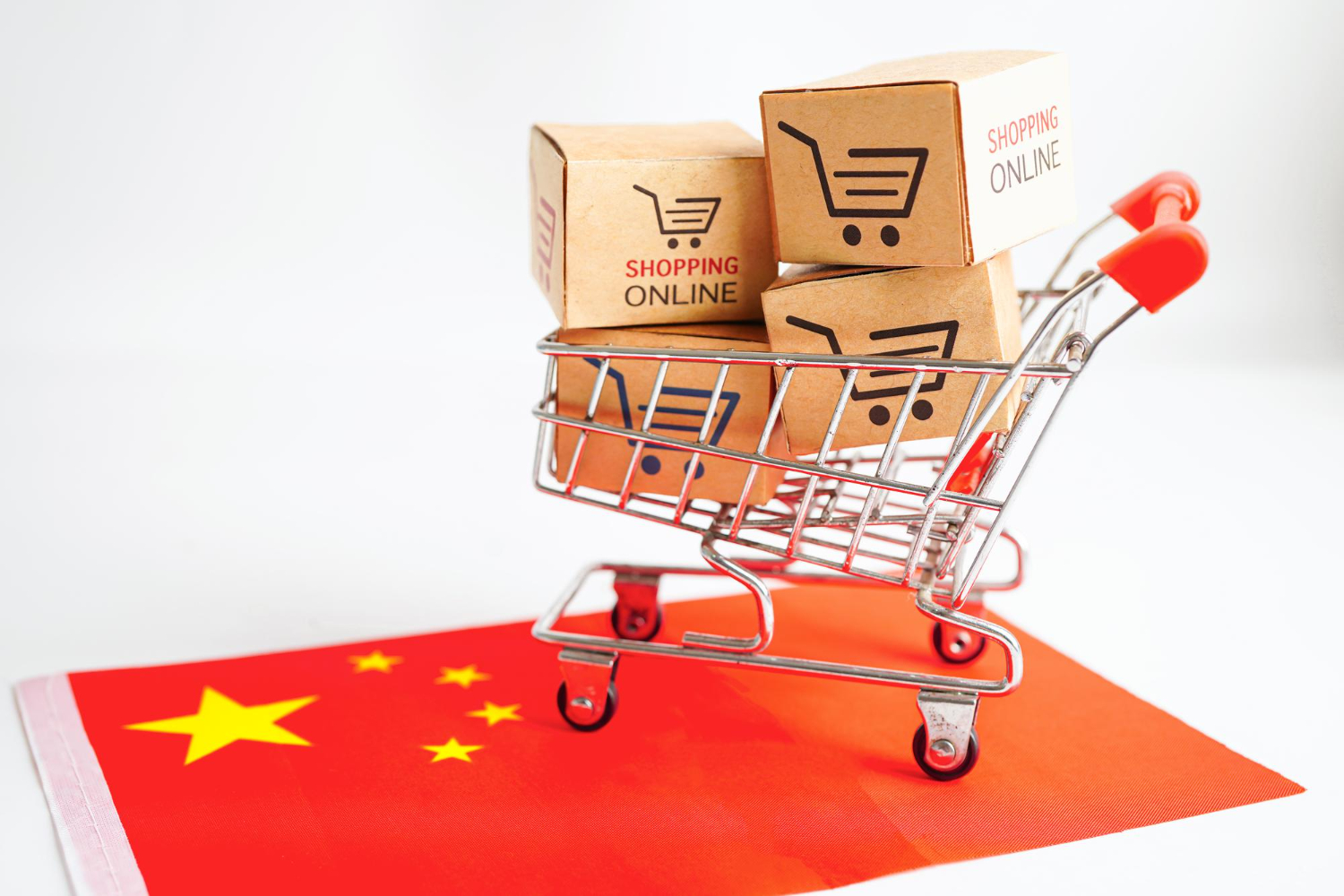Tariffs on Packaging from China: Current Rates, Exceptions, and How to Avoid Import Mistakes

Current Customs Tariffs on Packaging
Tariffs on packaging imported from China depend on the material and its intended use. Glass packaging (CN code 7010) is subject to a rate of 0-3.7%, depending on capacity and type. For plastic packaging (CN 3923), the rate is typically 6.5%, though some specialized containers may have a 0% rate. Paper and cardboard packaging (CN 4819) are subject to a 0-5% duty, with a 0% rate for folding boxes.
It's important to remember additional fees. Besides the tariff, you must add a 23% VAT, calculated on the total value of the goods, transport costs, and the tariff itself. Some products may also be subject to excise tax, especially if they are intended for packaging alcohol or cosmetics. Since 2021, the Carbon Border Adjustment Mechanism (CBAM) also applies to certain categories of packaging, which may generate additional costs.
Common Classification Errors
Incorrect classification is one of the most serious problems when importing. Importers often confuse transport packaging with individual consumer packaging, which leads to the wrong tariff rate being applied. Reusable packaging may have different rates than single-use items, a distinction that is frequently missed. Multi-material packaging is particularly problematic, as you must determine the dominant material.
Another common mistake is incorrectly defining the packaging's purpose. Packaging for food may have different rates than industrial packaging. Importers also forget the need for certificates for packaging that comes into contact with food or cosmetics. A lack of proper documentation can result in goods being held at the border and lead to additional storage costs.
Optimizing Import Costs
Effective import cost optimization starts with proper planning. Using preferential tariff rates under trade agreements can significantly reduce costs. It's also worth considering importing larger batches, which allows for negotiating better transport terms and spreading fixed costs. Consolidating shipments from various suppliers into one container also results in savings. A professional customs agency can help with proper product classification and avoiding procedural errors. The investment in a consultation often pays for itself by preventing penalties and delays. It’s also worth considering simplified procedures, such as becoming an Authorized Economic Operator (AEO), which speeds up customs clearance. Regularly monitoring changes in customs regulations allows for quick adjustments to your import strategy.
Importing from China vs. Sourcing in Europe: What’s Truly Cost-Effective?
While importing packaging from China can bring significant financial benefits, it’s not always the most efficient solution. It requires solid preparation, knowledge of customs regulations, current rates, and the ability to navigate simplified procedures. Without professional support and up-to-date knowledge of changing regulations, it’s easy to make mistakes that can generate additional costs and delays.
On the other hand, sourcing within Europe — despite potentially higher unit prices — offers a number of practical advantages. First and foremost, these include lower transport costs, much faster delivery times, and greater certainty regarding product compliance with European norms and quality standards. It also allows for easier communication with suppliers and a simpler complaint process.